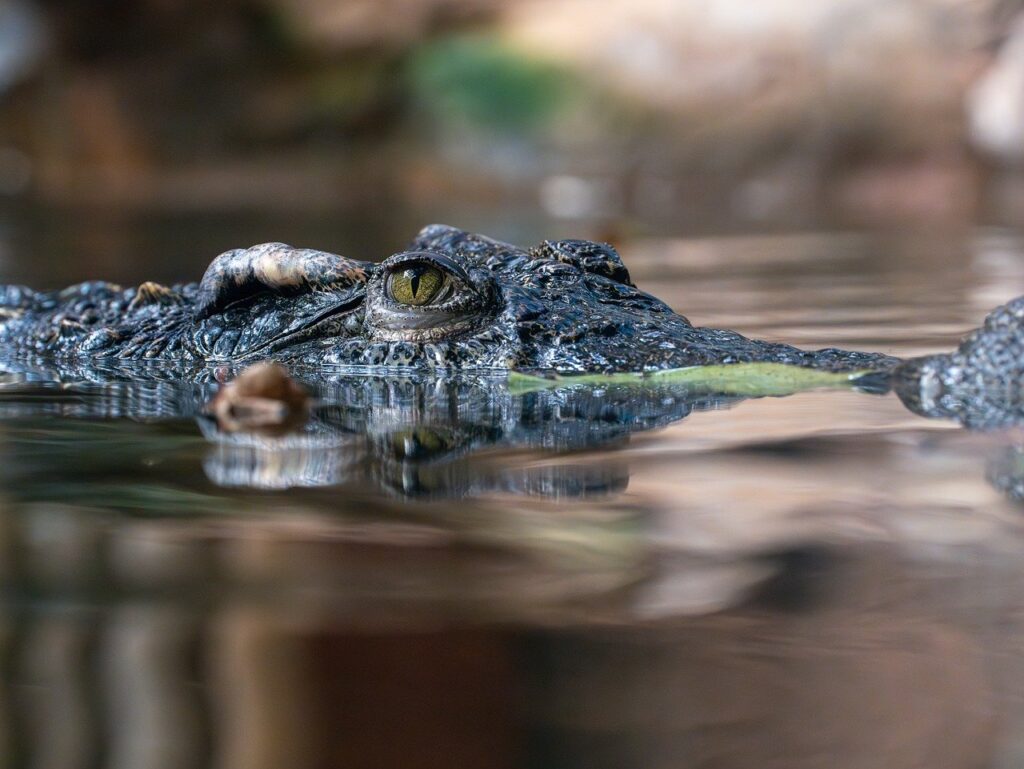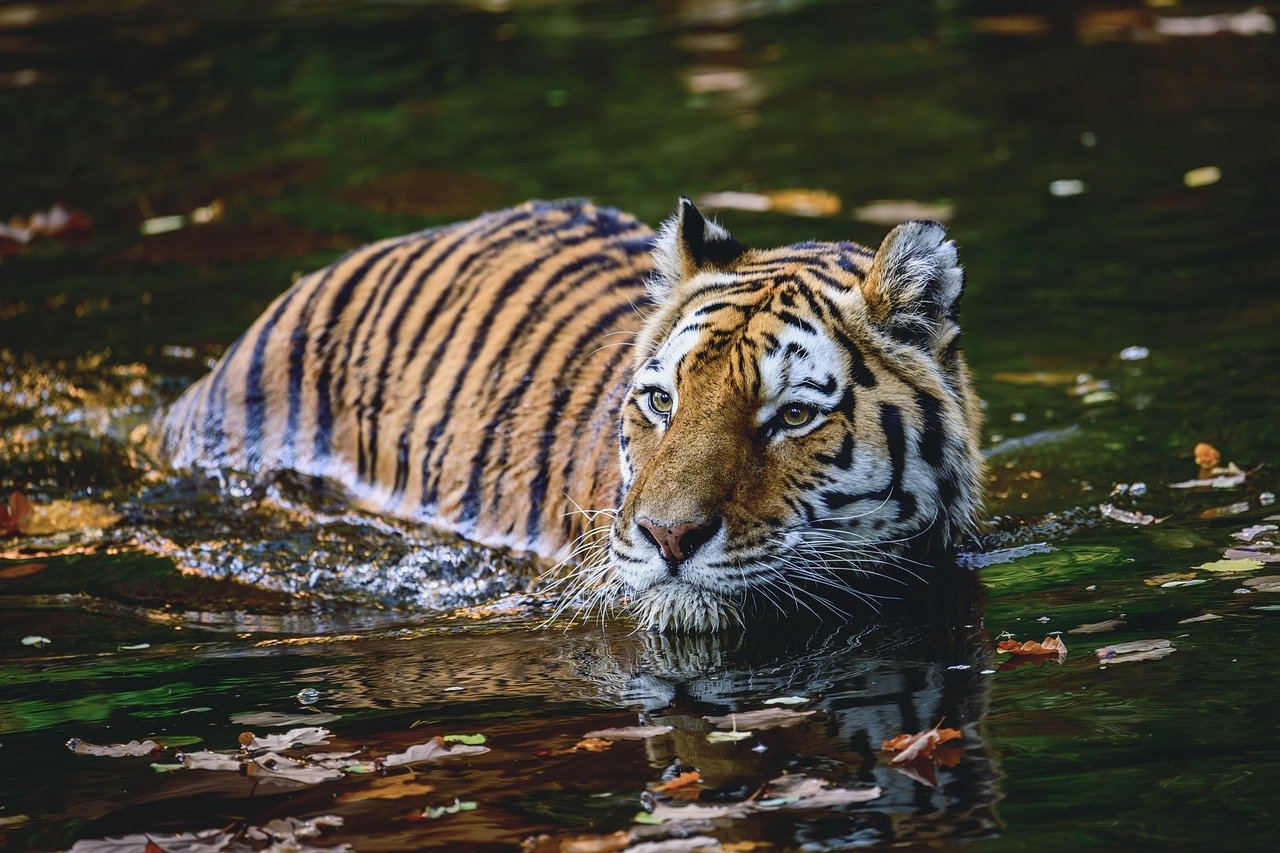Welcome to the intriguing world of predators and prey! In this article, you will discover the surprising answer to the question, “What eats cats?” As you delve into the different creatures that consider cats as part of their diet, you will learn more about the complex food chain and how these fascinating animals survive in the wild. Get ready to be amazed by the diverse array of predators that roam the earth in search of their next meal.
What Eats Cats
Curious about what predators out there could potentially harm your beloved feline friend? Keep reading to find out more about the creatures that may hunt or prey on cats.
Domestic Dogs
While not necessarily a common occurrence, domestic dogs can pose a threat to cats, especially in rural areas where both animals may roam freely. It’s essential to supervise any interactions between your cat and unfamiliar dogs to prevent any potential harm.
Coyotes
Coyotes are known to be significant predators of small animals, including cats. These wild canines are most active during dawn and dusk, making them a potential threat to outdoor cats during these times. Keeping your cats indoors during these hours can help reduce the risk of encounters with coyotes.

Birds of Prey
Birds of prey, such as hawks and owls, may view cats as potential prey, especially smaller or younger cats. If you live in an area with a significant bird of prey population, it’s crucial to provide safe outdoor spaces for your cat to minimize the risk of attacks.
Snakes
Certain species of snakes, such as pythons and rattlesnakes, are known to prey on small mammals, including cats. If you live in an area with a high snake population, it’s essential to be cautious and keep your cat indoors or supervise their outdoor activities to prevent any potential encounters with snakes.

Wild Canids
Wild canids, including foxes and wolves, may view cats as competitors for food and territory. While interactions between wild canids and domestic cats are rare, it’s essential to be aware of the potential risks and keep your cat safely indoors, especially in areas with a high population of wild canids.
Large Cats
In some regions of the world, large predatory cats such as cougars and leopards may pose a threat to domestic cats that venture into their territory. If you live in an area with a significant population of large cats, it’s crucial to keep your cat indoors or supervise their outdoor activities to prevent any potential encounters.

Raccoons
Raccoons are opportunistic feeders that may prey on small animals, including cats, if given the chance. It’s essential to secure your trash bins and food sources to prevent raccoons from being attracted to your property and potentially harming your cat.
Domestic Cats
Believe it or not, domestic cats are also known to prey on other cats, especially smaller or weaker individuals. This behavior is more common in feral cat colonies or multi-cat households where resources may be limited. It’s essential to monitor your cats’ interactions with each other and provide enough food and resources to prevent predatory behavior.

Strategies to Protect Your Cat
Now that you’re aware of the potential threats to your cat, here are some strategies you can implement to protect your feline friend from harm:
Keep Your Cat Indoors
The safest way to protect your cat from potential predators is to keep them indoors at all times. Indoor cats are less likely to encounter wild animals or other dangers that may harm them. If you want to provide outdoor stimulation for your cat, consider creating an enclosed outdoor space or using a harness and leash for supervised outdoor outings.
Secure Your Property
To prevent wild animals such as coyotes, raccoons, and snakes from accessing your property, make sure to secure your trash bins, seal off any gaps or entry points, and remove any potential food sources. By eliminating attractants, you can reduce the likelihood of predatory animals being drawn to your property.
Supervise Outdoor Activities
If you allow your cat to spend time outdoors, make sure to supervise their activities to ensure their safety. Avoid letting your cat roam freely during dawn or dusk when predators are most active, and be cautious in areas where potential threats may be present, such as wooded areas or near bodies of water.
Provide Safe Outdoor Spaces
If you want to give your cat access to the outdoors without the risk of encountering predators, consider creating a safe outdoor space such as a catio or enclosed cat garden. These structures allow your cat to enjoy the sights and sounds of the outdoors while remaining safe and secure within a confined area.
Regular Veterinary Check-ups
Ensure your cat is in good health and up to date on vaccinations by scheduling regular check-ups with your veterinarian. A healthy cat is better equipped to defend itself against potential threats and has a higher likelihood of recovering from any injuries sustained during encounters with predators.
By following these strategies and staying informed about potential threats to your cat, you can help keep your feline friend safe and secure in their environment. Remember, prevention is key when it comes to protecting your cat from harm.

